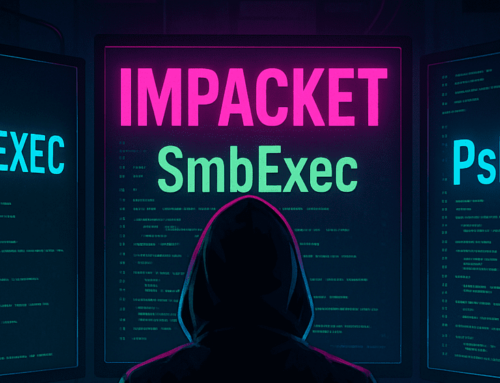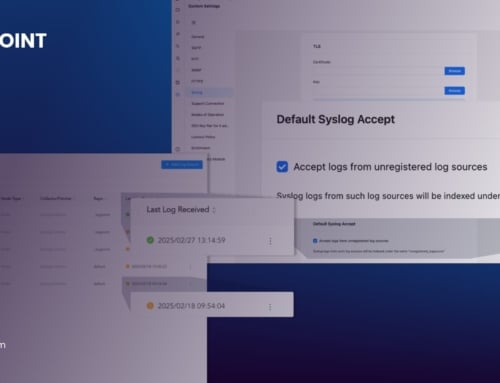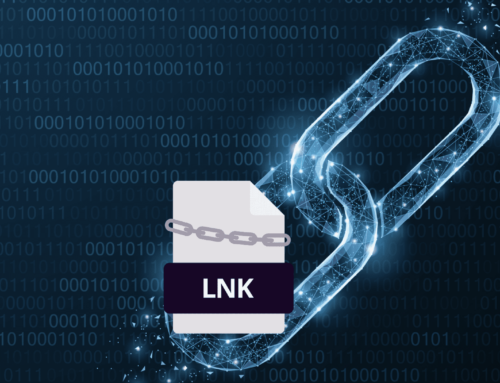If you’re running a business in 2023, having a watertight cybersecurity infrastructure in place is more important than ever. Even the most low-tech businesses will need some form of cybersecurity to ensure their records and sensitive data are protected.
Unfortunately, cybercriminals are constantly getting smarter. It’s a never-ending game of cat and mouse, leaving even the toughest cybersecurity defenses open to attack. So, what can we do if we find ourselves a victim of cybercrime?
Much like in everyday life, insurance is often seen to be the answer. In reality, there is only one way to ensure you can recover from an attack.
Insurance alone, while seemingly a viable option, leads to complacency, and complacency leaves your systems open to attack rendering your brand and reputation in freefall, and causing damage that no insurance can cover.

Go To Section
What is cyber insurance?
While it’s the responsibility of the business to ensure they’re suitably protected against cyberattacks, without proper protection no business is 100% safe. Victims of cybercrime believe that insurance offers recourse.
Cyber insurance can help businesses to recoup any financial or reputational costs that come with a cyberattack, at a hefty cost. As is the case for insurance in other sectors, cyber insurance offers first or third-party coverage.
Types of cyber insurance you think you need
First-party coverage will include the cost of investigating any cyberattacks, data recovery, restoration of computer systems, reputation management, extortion payments demanded by ransomware hackers, and costs associated with notifying any third parties that have been affected. It can also cover the loss of income incurred by the attack causing the business to shut down.
Third-party coverage is designed for claims against your business in the event of any security breaches. This will help you cover costs, including damages and settlements paid out to claimants. It can also help with the cost of legally defending yourself against claims.
Cyber insurance offerings are improving all the time. In fact, specialist insurers and reinsurer Beazley has recently launched a $45 million cyber catastrophe bond. It’s said to provide the carrier with protection against “remote probability catastrophe and systemic events.”
Why do companies use cyber insurance?
As with any other kind of insurance, cyber insurance is a “just in case” purchase. You hope you won’t need it, you’ll likely complain about the cost, but it is seen as invaluable when a company needs it. Companies try to use cyber insurance to protect themselves from the costs of cyberattacks — both financially and reputationally.
Much like cleaning products and germs though, cybersecurity has historically been seen by companies as being able protect you against 99% of threats. This means businesses think they need a backup plan for that missing 1%.
It just takes one attack to cause significant damage to your business, and it can be incredibly difficult to recover without assistance.
What are the problems with cyber insurance?
There are pros and cons to cyber insurance that you should take into account. Let’s take a look at some of the problems that crop up when businesses take out cyber insurance to back up their security efforts.
- Lack of standardization: Cyber insurance policies vary widely, making it difficult for buyers to compare coverage and make informed decisions.
- Limited coverage: Many policies have exclusions or limitations that leave significant gaps in coverage, and some policies are sold with low limits that may not provide adequate protection.
- High costs: The cost of cyber insurance can be high, and the price can vary widely based on the coverage provided and the specific policy terms.
- Difficulty in assessing risk: Assessing the risk of a cyber attack can be difficult, and some insurers may use inaccurate or incomplete information to set premiums.
- Policy complexity: The language used in cyber insurance policies can be complex and difficult for the average person to understand, making it challenging for buyers to fully comprehend the coverage they are purchasing.
Heavy reliance leaves your business open to more attacks
Insurance is like a comfort blanket. You don’t always need it, but you know it’s there for you when you do. However, some businesses view insurance as a safety net that is ready to catch the business no matter what the fall.
This attitude of “oh well, we have insurance” can lead a business to relax their cybersecurity efforts. Businesses may think they’re saving money by relying heavily on cyber insurance, but it can be disastrous, especially in the event of data loss.
There’s little data to draw from
You’re able to perform a good amount of research on most other types of insurance. There’s plenty of data to see regarding claims and payouts to help you make an informed decision. Sadly, that’s not the case for cyber insurance.
It’s still an emerging market and things change at the drop of a hat. This makes it difficult for companies to get the best deal, as they can’t be sure of how/what to claim and what the insurance company is going to pay for when an attack does happen.
Uncertainty over who is to blame and where the attacks took place
Cybercriminals are incredibly smart. They’re unlikely to launch an attack on your business in a way that is easily traceable. This means there is only a slim chance of finding the person responsible, making claims and payouts incredibly difficult.
There’s also an issue when it comes to placing the blame. What if an employee clicks on a phishing link that leads to a ransomware attack? Is it the fault of that employee, the business, or the cyber attackers?
There are so many variables and unknowns in this sector that, even with cyber insurance, it could be difficult to recover from an attack.
The muddied waters of cyber insurance
- Coverage disputes: Policyholders may dispute the coverage offered by their policy, and some insurers may deny claims on the grounds that the loss is not covered.
- Low limits: Many policies have low limits, which may not provide adequate compensation in the event of a significant loss.
- Difficulty in proving the loss: In order to receive a payout, policyholders must provide evidence of the loss, which can be challenging in the case of a cyber attack where the damage is intangible.
- Exclusions: Some policies have exclusions for certain types of losses, such as those caused by human error or failure to maintain adequate security measures.
- Slow claims process: The claims process for cyber insurance can be slow and complex, and some policyholders may experience delays in receiving compensation for their losses.
- Lack of transparency: Some policyholders may have difficulty obtaining information about the status of their claim or may be frustrated by the lack of transparency in the claims process.
Why cyber insurance alone isn’t enough
No matter how well you protect your business with cyber insurance, cybercriminals are always one step ahead. The real takeaway is that the best form of cyber insurance is a world-class cybersecurity solution.
It is all well and good to have coverage in case something goes wrong but this is not enough. As discussed above, it is hard to know whether you and your customers will be fully reimbursed financially after an attack, the insurance itself is costly, and one thing which is priceless is the reputational damage to your brand is often irretrievable, irreplaceable, and uninsurable.
Insurance will also not cover any costs that you might incur rebuilding your systems and it cannot retrieve data that has been stolen from you. This can lead to a situation where you are still out of pocket, have lost potentially sensitive data, and your company has taken a reputational hit in the eyes of your customers.
Investing in cyber insurance should not come with the mindset of “It’s ok if an attack happens, we’re covered.” Instead, it should be a supplementary piece of your security framework, only considered once you have a robust, top-of-the-line cybersecurity solution in place.
Take a tour of our world-class cybersecurity solutions and be sure to check out the rest of our blog for Emerging Threats, info, tricks, tips, and trends from the cybersecurity world!






